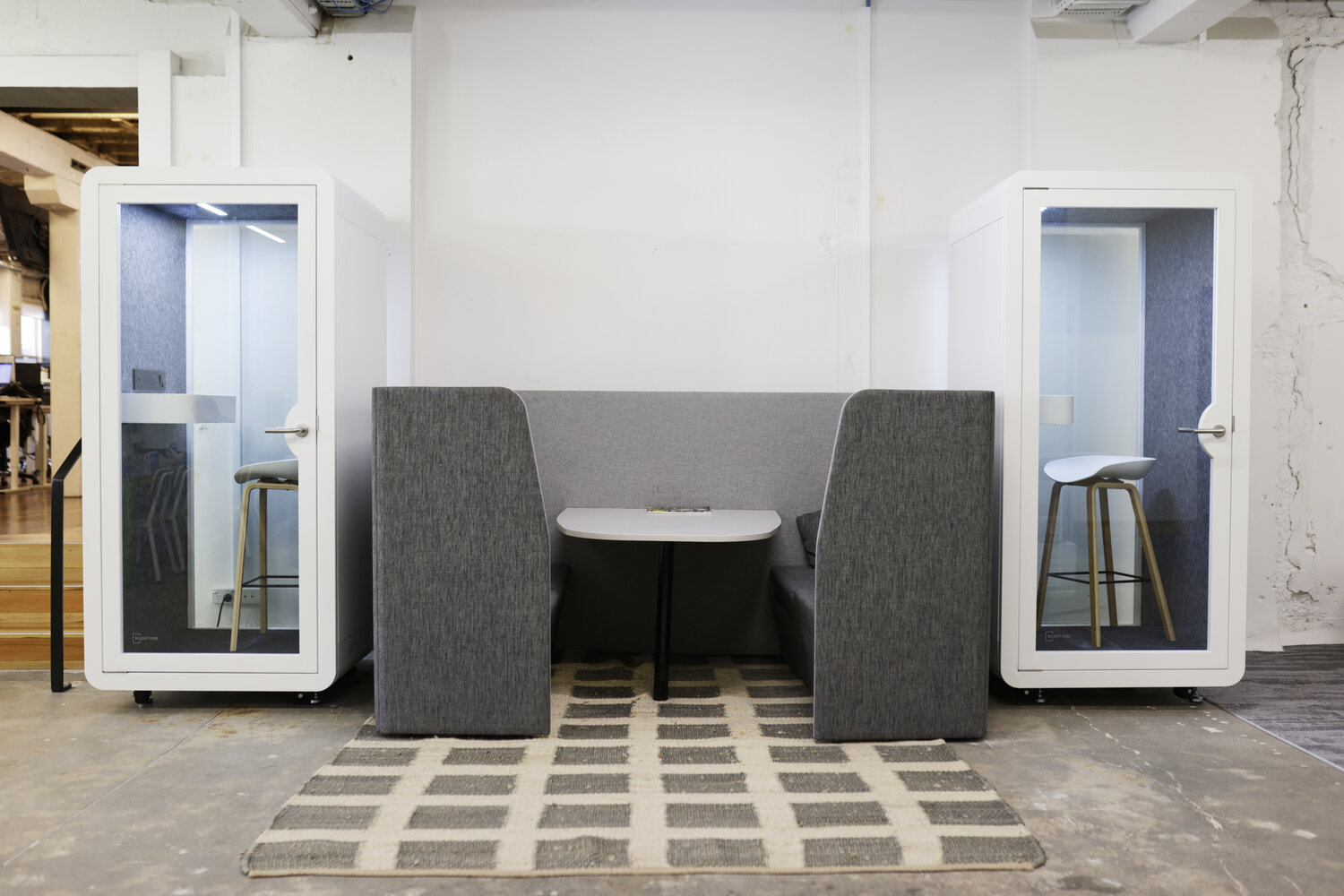Going are the days when employers expect staff to be at their desks between 8 and 5 on the dot every weekday and all meetings need to be done in the boardroom. Instead, COVID-19 has forced New Zealand organisations to get creative with how we ‘do work’.
More employers are offering flexible working arrangements where staff can work remotely a few days a week, or fulltime. As a result, Zoom is fast-becoming the generally accepted method of meeting with people, and many organisations are downsizing their physical offices because they just don’t need the space.
The office still remains an important part of business though. It’s the HQ, a common place for teams to gather. But spatially it needs to evolve just as employment is evolving. So how do you create a more flexible work environment that keeps up with the changing needs of your team?
1. Consider the space
Pre-COVID, your office might have been home to, say, 100 employees five days a week and a couple of cleaners on the weekends. 100 employees need a lot of room, particularly when you consider how much space desks, chairs, computers, files, servers, storage rooms and stationary cupboards take up. Post-COVID, you might still have 100 employees, but only 60 of them might be in the office at any one time.
Unused office space is both an unnecessary office expense and an ingredient for low engagement. Downsizing your office space to better suit the number of employees coming into the office every day will not only help you save on rent, the employees who do work in the office won’t feel isolated.

2. Consider acoustics & privacy
With meetings increasingly being carried out via Zoom, Teams, and other online communication providers, many employers are now facing two problems they’ve never really had to worry about before: privacy and noise. But with smaller office spaces and a global trend towards open plan long before the world was hit with a pandemic, it isn’t easy to find a quiet corner where other colleagues won’t be disturbed or hear confidential information.
Acoustic pods from Silent Pod give employees a private space to take phone calls or Zoom meetings without disrupting the rest of the office. Larger pods accommodate meetings for more than one person. Their flexibility lets you add more functional spaces to your workspace without expensive construction or disruption to the rest of the office.
3. Consider convenience
Less space means less room for private conversations, so if all your staff have to take confidential calls at the same time, things could get problematic. Installing a booking system for certain spaces around the office means that staff can plan their calendars around what spaces are available.
Because Silent Pod’s acoustic pods are on wheels, they can be moved around the office depending on who needs them and what they need them for. If Marketing is having a private meeting in the morning but Finance needs some privacy in the afternoon, a Silent Pod is mobile enough to simply roll to the other side of the office.
4. Consider the vibe
Once upon a time the typical office was characterised by lots of identical booths that had zero personality. Today, employees are demanding open, relaxing workspaces that are more conducive to productivity, creativity, collaboration, and generally enjoying work more.
An easy way to add life to an office space is to fill it with plants. Think about light sources too; natural light is much healthier and invigorating than LEDs. Break-out spaces like couches and bean bags are great for casual meetings and creative planning sessions, while recreational tools like pool tables and massage chairs will help employees feel more relaxed and engaged at work.
The workplace is evolving as employees’ needs change, so it’s important that employers stay one step ahead. If you’re keen to improve functionality, privacy, acoustics, and use of space, consider adding a Silent Pod or two to the office. Visit www.silentpod.co.nz to find out more.
